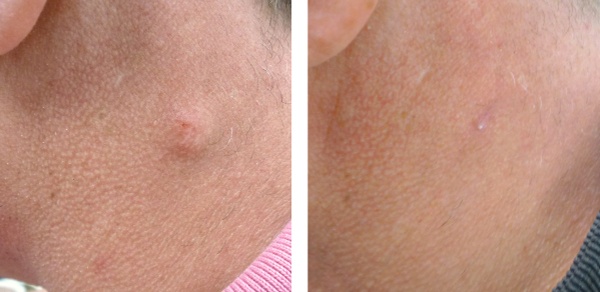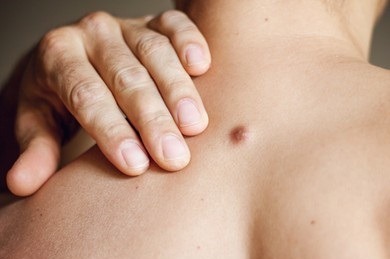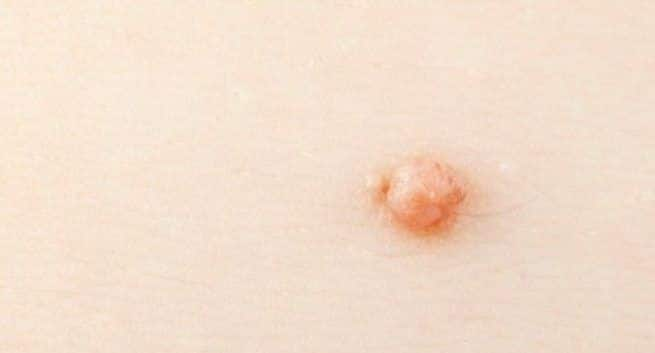Say goodbye to lipomas with Lipoma Surgery! Learn all you need to know about the removal procedure, risks, and aftercare for successful lipoma removal. Are you dealing with an unsightly and uncomfortable Lipoma? Then Lipoma Surgery may be the answer. …
Call Us Now
0207 030 3370
Lines Open: 9am – 9pm | Mon – SunAward Winning
5-Star Rated Clinic
5/5






